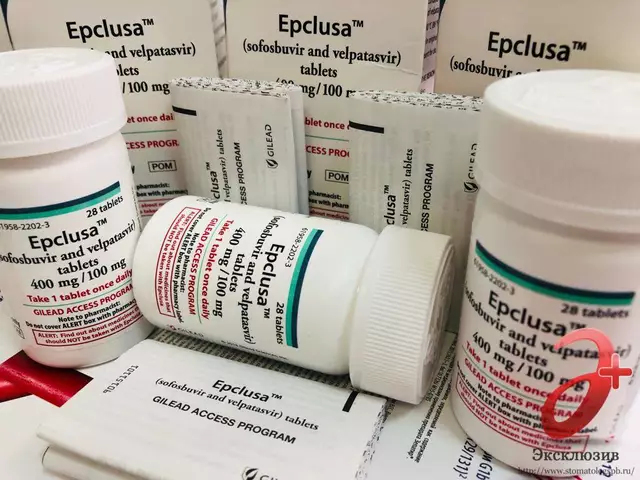The Cost of Velpatasvir: Is It Worth the Investment for Hepatitis C Treatment?
July 31 2023Levamisole dosage: what people actually use and how dosing works
Levamisole is an older antiparasitic drug that’s still used in many parts of the world. The dose you need depends on why you’re taking it — most commonly for intestinal worms — and on your weight. Below I’ll lay out the usual numbers you’ll see in practice, simple ways to calculate a dose, and safety points to watch for.
Common dosing rules (easy to follow)
For intestinal worm infections, the most widely used adult dose is 2.5 mg per kg of body weight as a single oral dose. That usually works out to a maximum of about 150 mg for an average adult. Example: a 70 kg adult would get 2.5 x 70 = 175 mg, but most references cap the single dose at 150 mg.
For children you use the same 2.5 mg/kg calculation — tablets commonly come in 50 mg strength, so doses are adjusted and rounded to the nearest practical tablet split. If your child weighs 20 kg, the dose would be roughly 50 mg (2.5 x 20 = 50 mg).
Some treatment plans repeat the dose after a few weeks if reinfection is likely or if the initial infection was heavy. Local guidelines vary, so follow advice from your healthcare provider or local public health guidance.
Practical tips and safety — what to watch for
Always weigh the person first to calculate mg/kg dosing — guesswork leads to under- or overdosing. Take levamisole with a small amount of food if you experience stomach upset; this can reduce nausea. Do not exceed the recommended single-dose maximum unless a prescriber tells you to.
Serious but rare reactions can occur. A known risk with levamisole is bone marrow suppression (including low white cell counts). If you develop fever, sore throat, unusual bruising or bleeding, stop the medicine and see a doctor right away. Other common side effects include headache, dizziness, nausea, and mild abdominal pain.
Tell your provider about other medicines you take and about any blood disorders, immune problems, or pregnancy. Levamisole is not commonly recommended in pregnancy unless a specialist advises it. For people with liver or kidney problems dose adjustments or alternatives may be needed.
If you’re buying medication online or from a pharmacy, check the tablet strength and expiry date. Keep a treatment record (drug, dose, date) in case you need follow-up or another course later. And remember: dosing recommendations can change by country and over time — always confirm with a local clinician or pharmacist.
If you want, I can help calculate a specific dose based on weight or summarize local guideline recommendations. Just tell me the weight and the reason for treatment.
 14 May
14 May
Levamisole Dosage Guide: Effective Use, Administration, and Important Safety Tips
This guide breaks down everything you need to know about levamisole dosage, from why it's used to how to give it safely. You'll get straight-to-the-point facts, tips on proper administration, and practical advice on avoiding side effects. Whether dosing animals or understanding the risks for humans, there's plenty here to keep you safe and informed. Data-driven tables and real tips bring this comprehensive article to life. No fuss, just answers you can use right away.
Read More...




